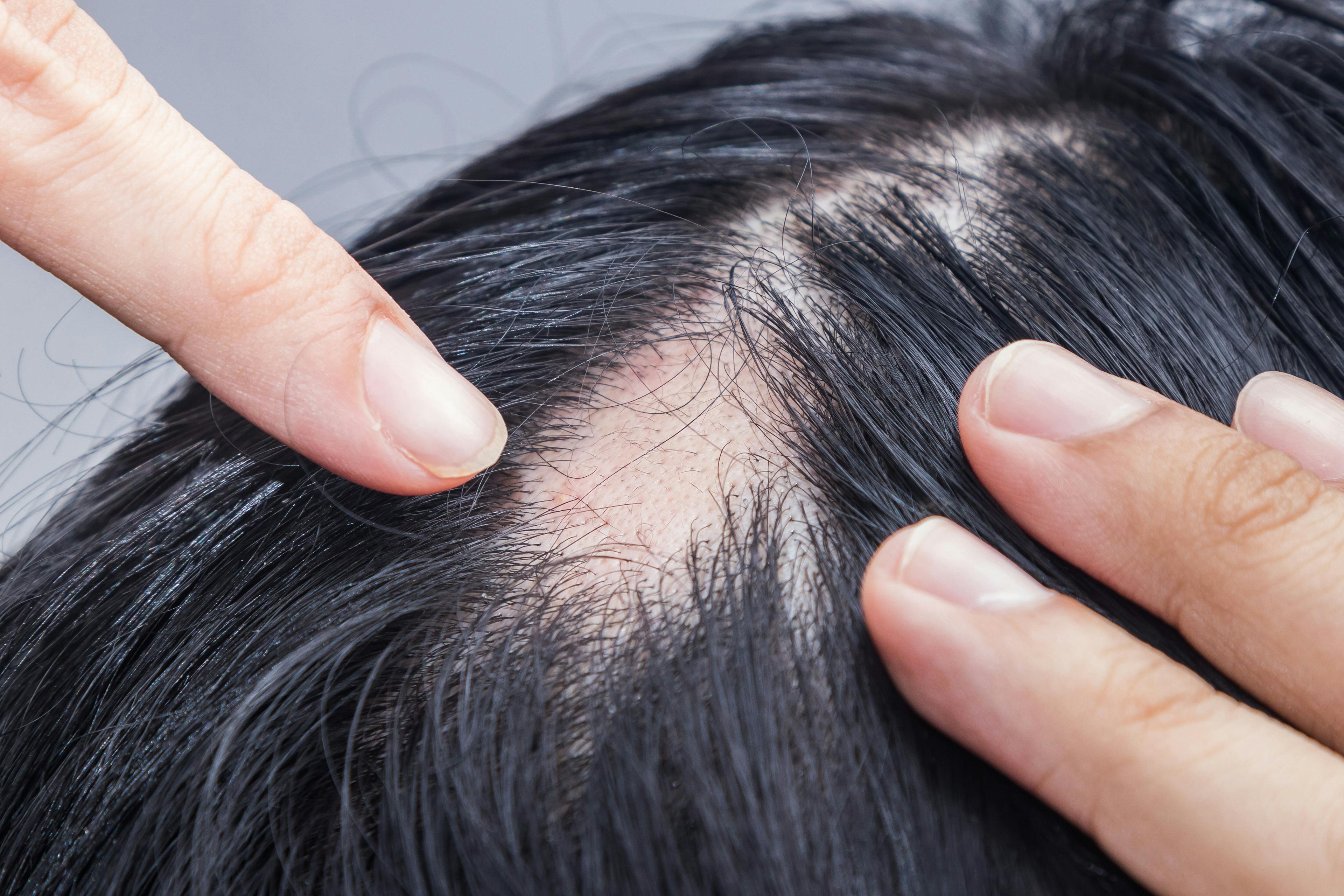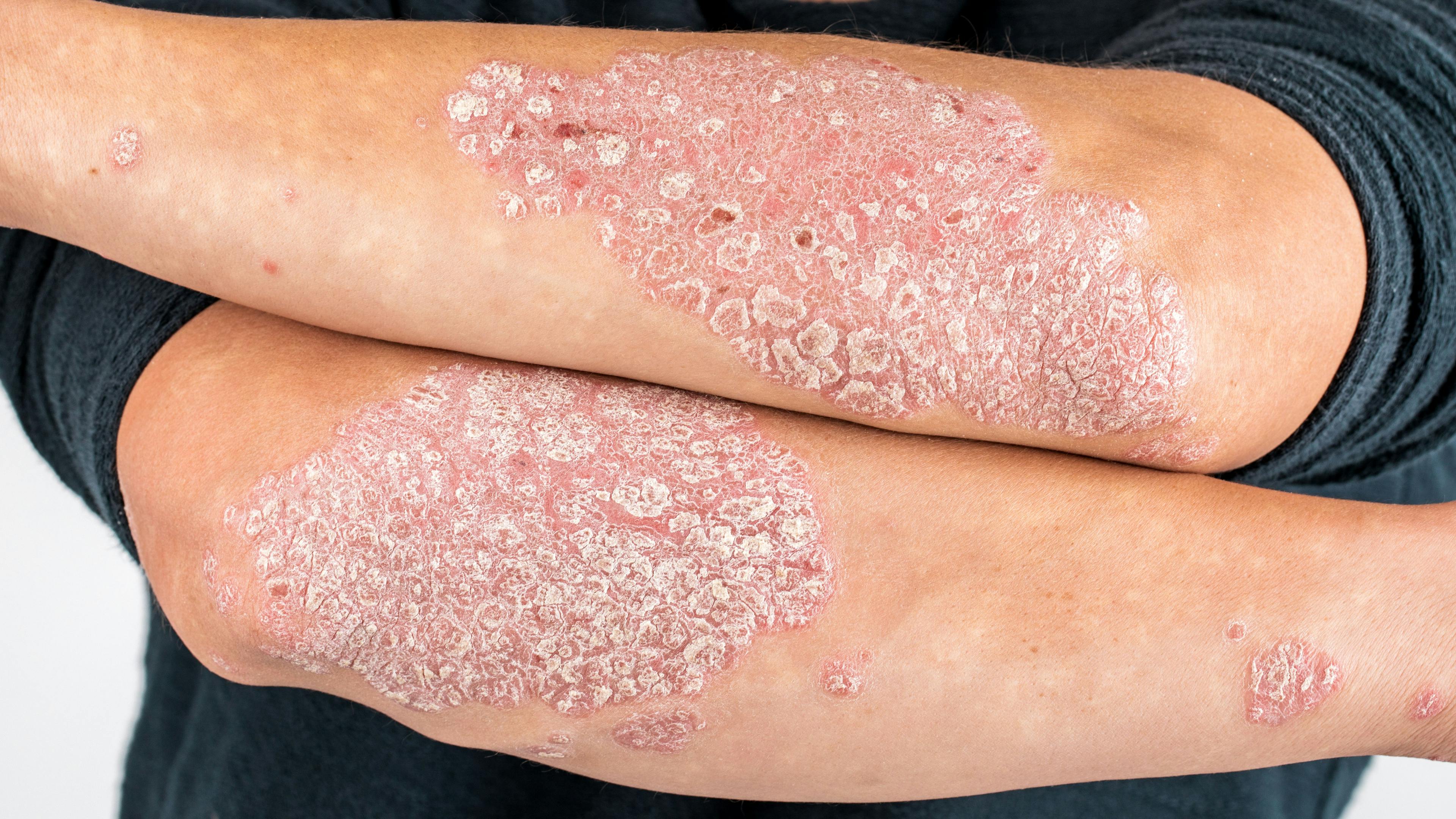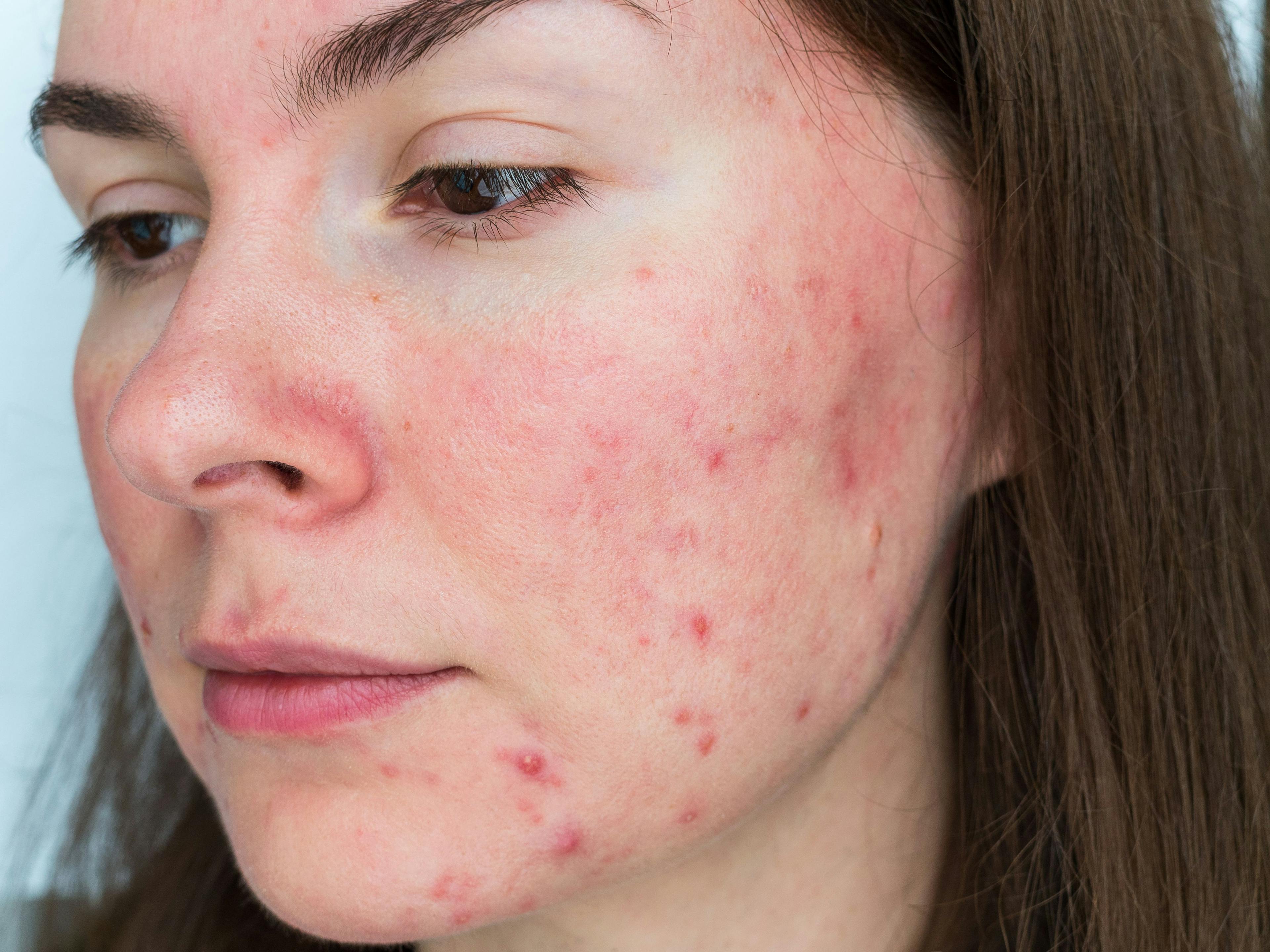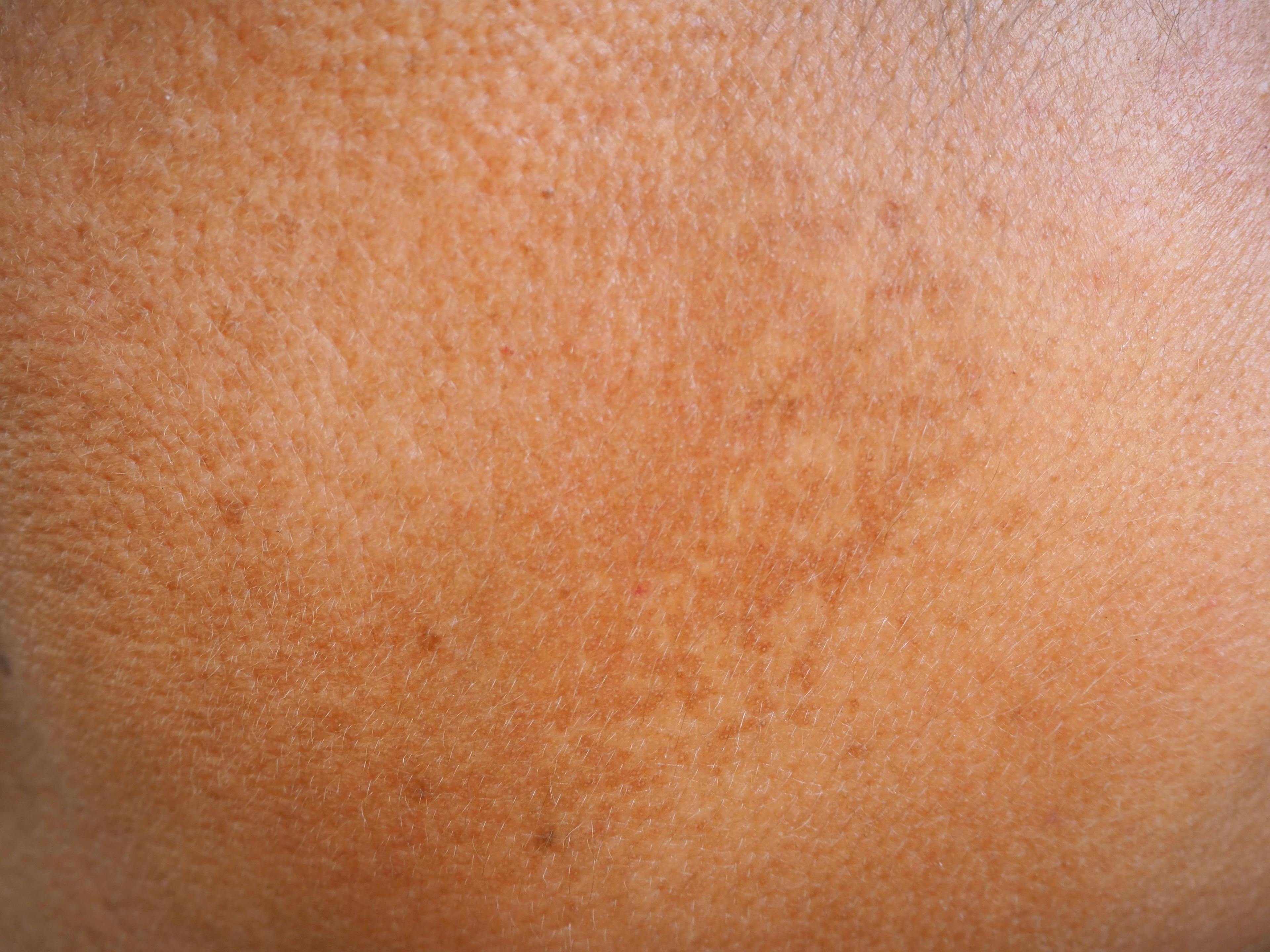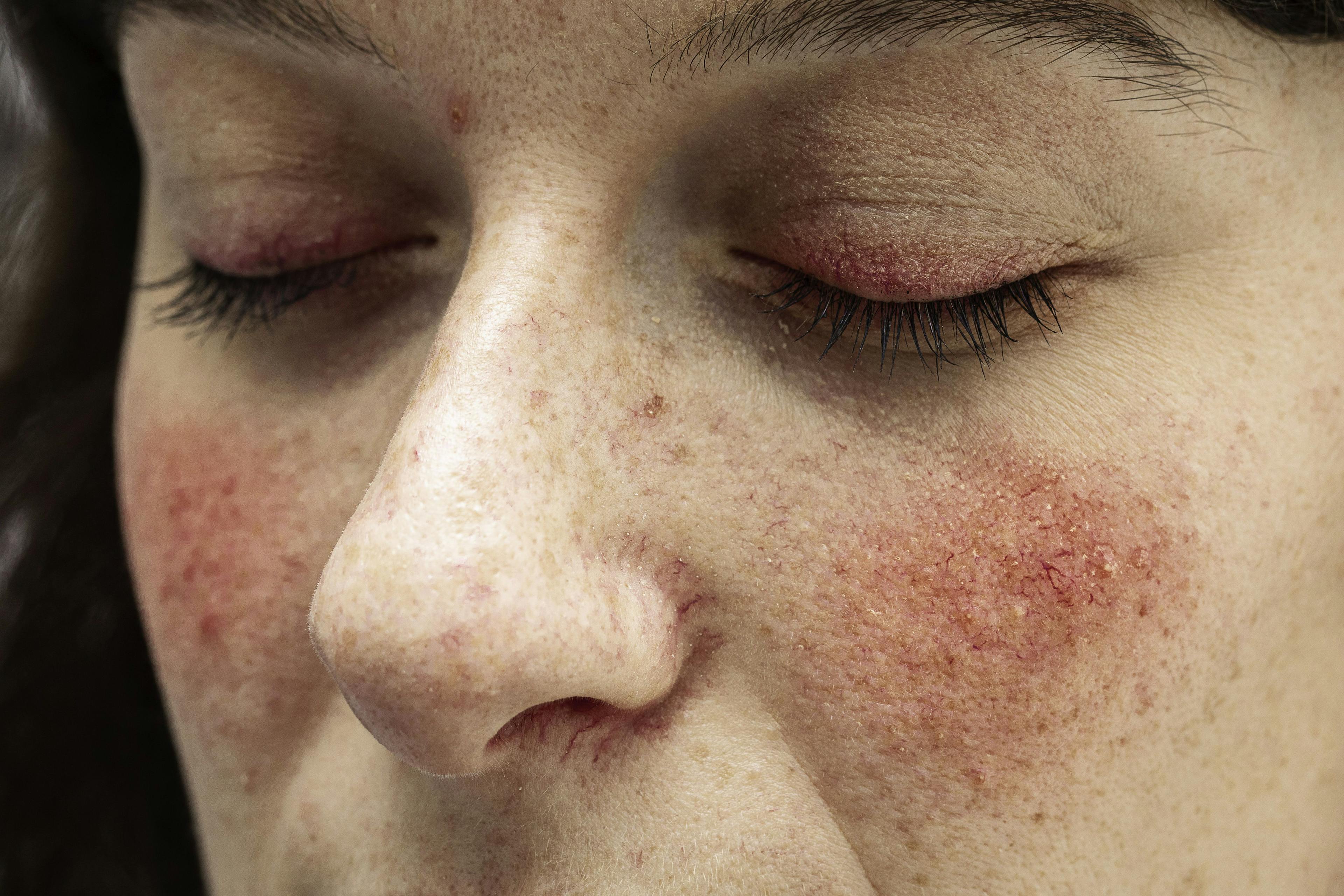- Acne
- Actinic Keratosis
- Aesthetics
- Alopecia
- Atopic Dermatitis
- Buy-and-Bill
- COVID-19
- Case-Based Roundtable
- Chronic Hand Eczema
- Chronic Spontaneous Urticaria
- Drug Watch
- Eczema
- General Dermatology
- Hidradenitis Suppurativa
- Melasma
- NP and PA
- Pediatric Dermatology
- Pigmentary Disorders
- Practice Management
- Precision Medicine and Biologics
- Prurigo Nodularis
- Psoriasis
- Psoriatic Arthritis
- Rare Disease
- Rosacea
- Skin Cancer
- Vitiligo
- Wound Care
Publication
Article
Dermatology Times
Comprehensive Overview on Therapies for Treating Hair Loss
Author(s):
Jerry Shapiro, MD, FAAD, explores whether a possible environmental factor could contribute to an "explosive" growth in alopecia cases.
Primary cicatricial alopecia, often referred to as scarring alopecia, is a group of disorders characterized by a final common pathway of replacement of follicular structure by fibrous tissue. In his presentation at Maui Derm Hawaii 2023, “Recent Advances in Hair Restoration”, Jerry Shapiro, MD, FAAD, professor and director of disorders of hair and scalp at the Ronald O. Perelman Department of Dermatology at NYU Langone Health in New York, New York, detailed treatment options for the disease.
Shapiro highlighted the challenges in treating this disease because of a lack of data. There are no placebo-controlled, double-blinded, randomized studies on therapeutics, partly due to the difficulty of measuring the extent of disease and the impact of minimally effective treatments.
There are, however, several clinical indications that a detailed treatment plan is needed for a patient, including:
- Hyperkeratosis
- Erythema
- Pull test positive
- Symptomatic (itch, burn and pain)
Shapiro utilizes different treatment plans, depending on the extent of the hair loss. If less than 10% of the scalp is impacted, he recommends starting with a potent topical steroid. If there are no signs of improvement, options include hydroxychloroquine, isotretinoin, or a solution of tacrolimus 0.3% BID, corticosteroid BID, and 5% minoxidil solution BID.
If a patient has more than 10% hair loss, treatment considerations include hydroxychloroquine 200mg BID, ultra potent topical steroid, IL-TAC and prednisone.
One form of scarring alopecia Shapiro discussed is frontal fibrosing alopecia (FFA), first reported more than 30 years ago. “This condition is increasing in epidemic proportions,” he said. While this specific variant predominately affects postmenopausal women, approximately 20% of cases are now being discovered in men. Reserachers have not discovered why this form of alopecia is growing so rapidly, but there may be several contributing factors, including genetics, hormones and previous cosmetic surgeries to the face and scalp.
The growing number of FFA has also led medical professionals and researchers to suspect possible environmental factors. Shapiro said there are a number of studies showing a positive correlation between facial sunscreen use and FFA, although there is insufficient evidence to establish a direct relationship between the 2.
“To be safe, I tell patients to avoid oxybenzone and avobenzone in sunscreen and use something more physical, like zinc oxide and titanium dioxide. I tell them to use a mineral-based sunscreen on the face”, Shapiro said.
Shapiro touched on the growing use of lasers to assist in hair growth. He said more research is needed, but the potential of laser therapy for various forms of alopecia does exist and in the future, it may become a more commonly used alternative or adjunct treatment to more traditional treatments.
Reference
1. Shapiro, J. The Management of Hair Loss Disorders in 2023; Presented at Maui Derm Hawaii 2023; January 23-27, 2023; Maui, Hawaii.

Newsletter
Like what you’re reading? Subscribe to Dermatology Times for weekly updates on therapies, innovations, and real-world practice tips.

